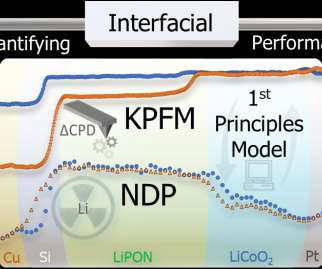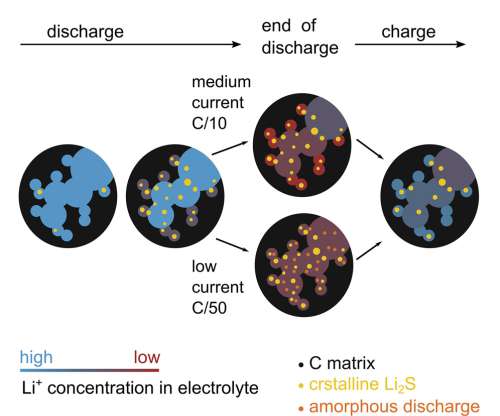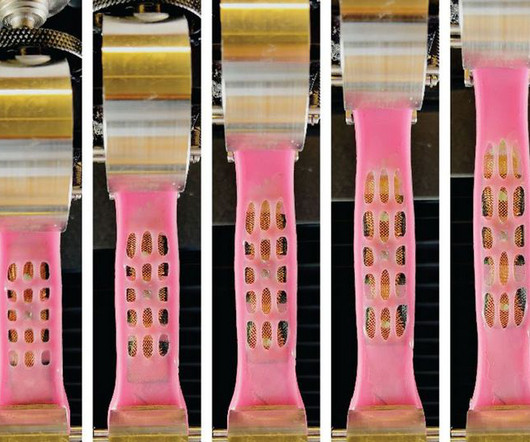Sandia testing method yields pathway to better, longer-lasting solid-state batteries
Green Car Congress
DECEMBER 6, 2021
The contributions from ions, electrons, and interfaces are deconvolved by correlating the CPD profiles with Li-concentration profiles and by comparisons with first-principles-informed modeling. In our case, it really has to do a lot with how fast lithium ions can move in the Si anode used in the study.




























Let's personalize your content